1, start IPython method: In the cmd by IPython IPython ipython command to start the command line or in the knock jupyter-notebook cmd command, and then get the URL login with a browser, open the web interface
2, comments in the code: single-line comments - in section and leading space #
Multi-line comments - three at the beginning of quotation marks, three closing quotes
3, variables and types: integer (int), float (a float), string (char), Boolean (Boolean, Boolean values true and false only two kinds)
4, variable usage:
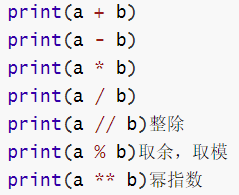
input: Input Function
type (): variable of type checking
int (): or a string to an integer value, can be specified hexadecimal
float (): converts a string to float
str (): converts a string developed into objects, you can specify the encoding
chr (): to convert into an integer corresponding to the code string (a character)
ord (): The character string (a character) into a pair of code (an integer)
Example:

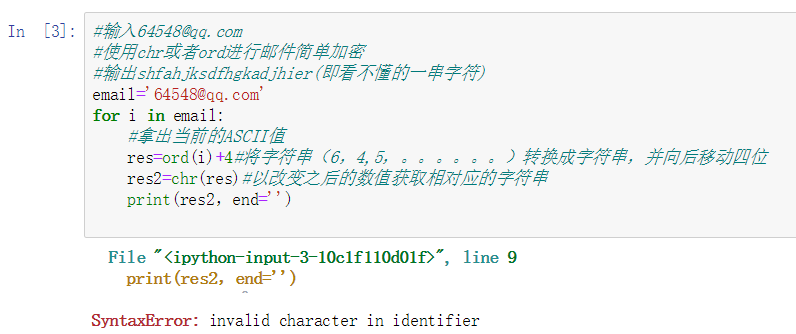
5, the operator:
| Operators | description |
[:] |
Subscript, sliced |
| ** | index |
~+- |
Bitwise, sign |
/%// |
Multiply, divide, die, divisible |
- |
Addition, subtraction |
<< |
Right, left |
| & | Bitwise AND |
| |
Bitwise XOR Bitwise or |
<>>= |
Less than or equal, less than, greater than, greater than or equal |
!= |
Equal, not equal |
is not |
Identity operator |
not in |
Member operator |
orand |
Logical Operators |
+=-=*=/=%=//=**=&=|=^=>>=<<= |
(Composite) assignment operator |
6, exercise programming code in class
Exercise 1: Celsius Fahrenheit turn

Exercise II: Enter radius of the circle circumference and area calculation

Exercise Three: Enter the year is not a leap year judgment
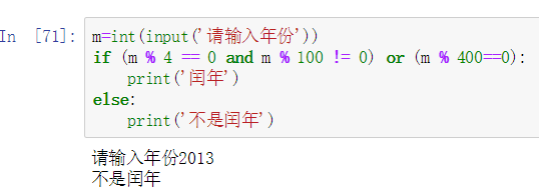
Exercise Four: determine whether the number of daffodils
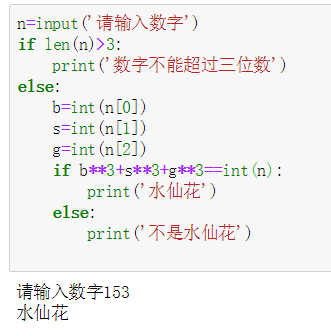
Exercise five: the realization of a square

Output random numbers:

cycle:
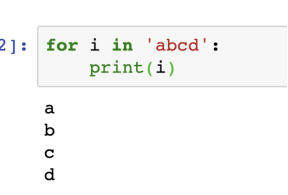
Formatting Output (.format)

== is determined value, IS is the memory address is determined
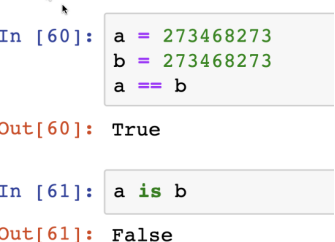
:( index, after the open before closing.)

Extract numbers:
